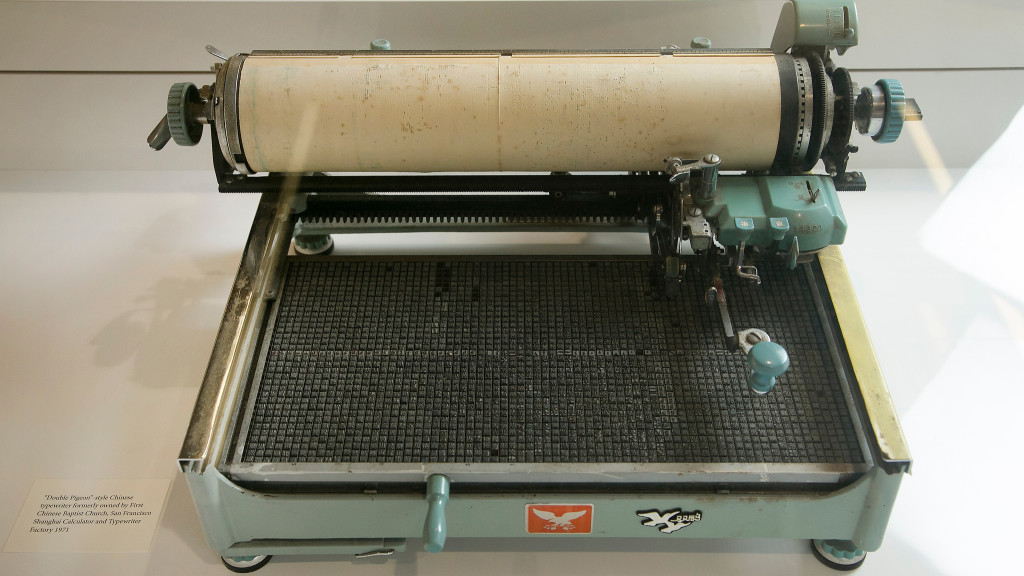Qwernomics:
Path Dependency & Semiotic Fatality Instructor: Nick Land Module: 2 Date & Time: October 22, 29, November 5, 12, 19, 26, December 3, 10, 2016 10:30am – 1:00pm EST

DESCRIPTION
The format of the Qwerty keyboard illustrates the production of a destiny. Even in the epoch succeeding the mechanical type-writer, and its specific design imperatives, the legacy layout of alphanumeric keys settled during the 1890s has remained frozen into place without significant revision. In the language of complex systems analysis, this is a special example of path-dependency, or irreducible historicity, characterized by irreversibility. Qwerty persists – arguably, as a suboptimal keyboard solution – due to identifiable ratchet-effects. Based upon this privileged model, the historical, technological, and economic process of ‘lock in’ through positive feedback is called QWERTY-nomics (and here simply ‘Qwernomics’).
This two-module course will (1) re-visit the late 20th Century debate on qwernomics as an illustration of central themes in complexity theory (and the cybernetics of positive feedback), then (2) re-open the discussion of Qwerty as a techno-economic manifest destiny, and thus a gateway into the workings of modern historical time.
The first module will reconstruct the theory of path dependency, with Qwerty as its key. The second module will be primarily devoted to the exploration of Qwerty as a semiotic fatality. How can Qwerty be most rigorously apprehended as an abstract object, or number pattern? What are the exoteric and esoteric consequences of this convention having been robustly installed within global history?
The most fundamental pre-requisites for the course are a Qwerty keyboard and a basic competence at alphabetical ordering (or alphabetical ordinal arithmetic).
Preliminary Readings
‘Clio and the Economics of QWERTY’ (1985), Paul A David
http://econ.ucsb.edu/~tedb/Courses/Ec100C/DavidQwerty.pdf
‘The Fable of the Keys’ (1990), Stan Liebowitz and Stephen Margolis
https://www.utdallas.edu/~liebowit/keys1.html
‘10,000 B.C.: The Geology of Morals (Who Does the Earth Think It is?)’, from A Thousand Plateaus, Gilles Deleuze and Félix Guattari
(Worth reading as a cryptic disquisition on the keyboard, among all its other merits.)
Image: Chinese typewriter,
You cannot enroll in this Seminar because it has already been completed. To become a Monthly Memebr of The New Centre and watch the related videos, click here to go to PayPal and subscribe:
To see The New Centre Refund Policy CLICK HERE.
To see The New Centre Refund Policy CLICK HERE.